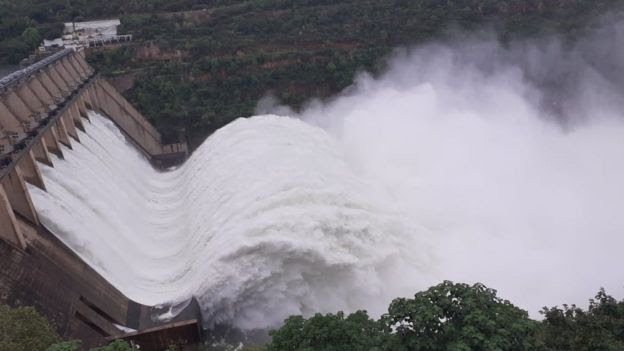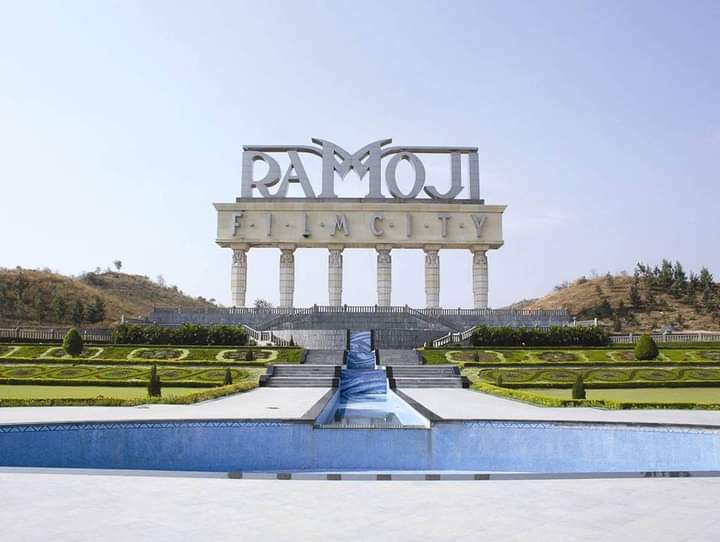Srisailam Dam is a major hydroelectric and irrigation project located on the Krishna River in the state of Andhra Pradesh, India. It is situated in the Nallamala Hills near the town of Srisailam. The dam serves multiple purposes, including hydroelectric power generation, irrigation, and drinking water supply.
Here are some key points about the Srisailam Dam:
Construction: The construction of the dam began in 1960 and was completed in 1981. It is a joint project between the governments of Andhra Pradesh and Telangana.
Hydroelectric Power: Srisailam Dam has a power station with a capacity of 1,670 megawatts (MW). It generates electricity by utilizing the water released from the dam for power generation. The power station helps meet the energy demands of the surrounding regions.
Reservoir Capacity: The dam creates a reservoir known as the Srisailam Reservoir, which has a storage capacity of around 215 billion cubic feet. The reservoir provides water for irrigation and drinking purposes to the districts of Kurnool, Prakasam, Guntur, and Nellore in Andhra Pradesh and the Mahbubnagar district in Telangana.
Nagarjunasagar-Srisailam Tiger Reserve: The Srisailam Dam is located in close proximity to the Nagarjunasagar-Srisailam Tiger Reserve, which is one of the largest tiger reserves in India. The dam and the surrounding areas offer scenic beauty and attract tourists.
Pilgrimage Site: Srisailam is a prominent pilgrimage site in South India due to the presence of the famous Mallikarjuna Swamy Temple, dedicated to Lord Shiva. The dam and the temple together form a significant cultural and religious hub in the region.
Overall, Srisailam Dam plays a crucial role in the development of the region by providing electricity, irrigation water, and supporting the local economy through tourism.
Srisailam Dam, an engineering Marvel in South India




